Artículos recientes
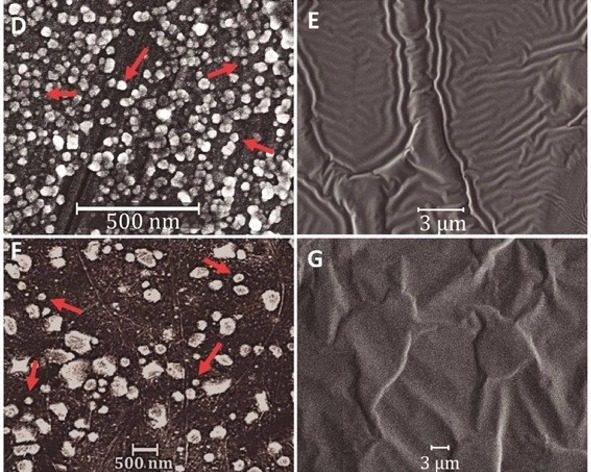
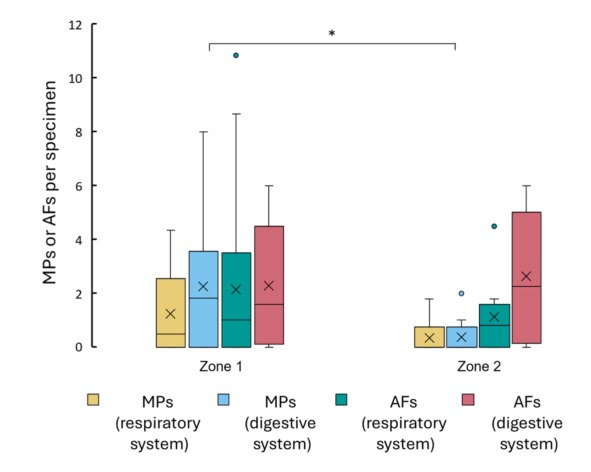
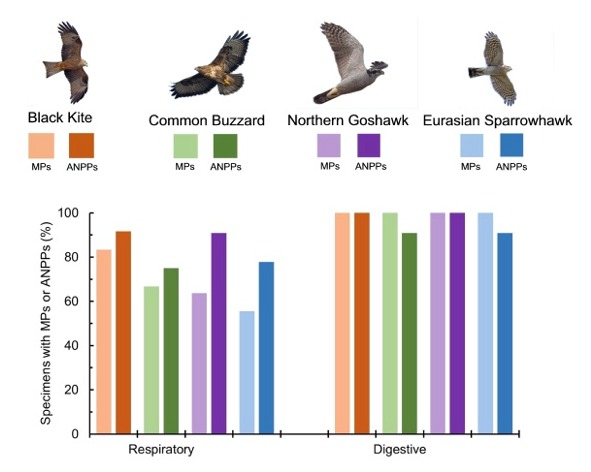
My most recent research has focused on the environmental distribution and impact of plastic waste, microplastics, and nanoplastics, particularly their degradation and potential ecological risks in aquatic environments. I have also worked on water treatment, especially in the development of technologies for the purification and reuse of wastewater through advanced oxidation processes, including photocatalysis, as a means to degrade persistent and emerging contaminants.
My work also investigates the distribution of anthropogenic pollutants by analyzing their sources, transformation, and distribution, as well as their effects on ecosystems. Specifically, I study the environmental toxicity of anthropogenic pollutants and their mixtures, including nanomaterials and nanoplastics, assessing their transformation and effects on living organisms.
FundingThe generation, environmental fate and and biological effects of incidental microplastics and nanoplastics
The fate and removal of aqueous (micro)pollutants from water and wastewater, especially when using advanced oxidation processes
Toxicity and ecotoxicity of pollutants and mixtures, including platic particles and nanomaterials
The production of nanostructured surfaces for water treatment processes, including electrospun nanofibrous materials, filtration membranes, and antimicrobial surfaces



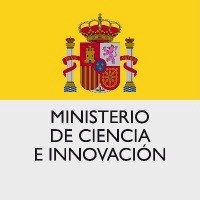
Ministerio de Ciencia e Innovación, Proyectos de Generación de Conocimiento 2024,PID2024-155145OB-C21, 2025-2028. Universidad de Alcalá (Roberto Rosal, coord.) and Universidad Autónoma de Madrid.

Ministerio de Ciencia e Innovación, Proyectos orientados a la transición ecológica y a la transición digital, TED2021-131609B-C32, 2023-2025. Universidad de Almería (Amadeo Rodríguez Fernández-Alba, Coord.), Universidad de Alcalá (Roberto Rosal) and Universidad Autónoma de Madrid (Francisca Fernández-Piñas).

Ministerio de Ciencia e Innovación, Proyectos de I+D+i en líneas estratégicas, Colaboración público-privada del Programa Estatal de I+D+i Orientada a los Retos de la Sociedad, PLEC2021-007693, 2021-2024. Universidad de Almería (Amadeo Rodríguez Fernández-Alba, Coord.), Universidad de Alcalá (Roberto Rosal), Universidad Autónoma de Madrid (Francisca Fernández-Piñas) and Agrocolor S.L.

Ministerio de Ciencia e Innovación, Programa Estatal de Investigación, Desarrollo e Innovación Orientada a los Retos de la Sociedad, PID2020-113769RB-C2-1, 2021-2025. Universidad de Alcalá (Roberto Rosal, Coord.) and Universidad Autónoma de Madrid (Francisca Fernández-Piñas).
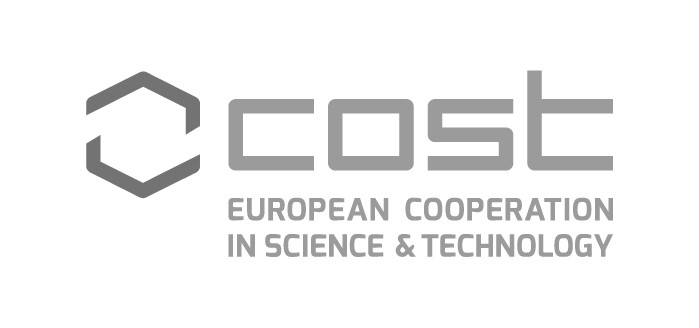
ESSEM COST Action ES20101, 2021-2025. Institutions from 22 countries. Coordinator: Stefania Federici (University of Brescia), Roberto Rosal García (University of Alcalá, Management Committee Member for Spain).
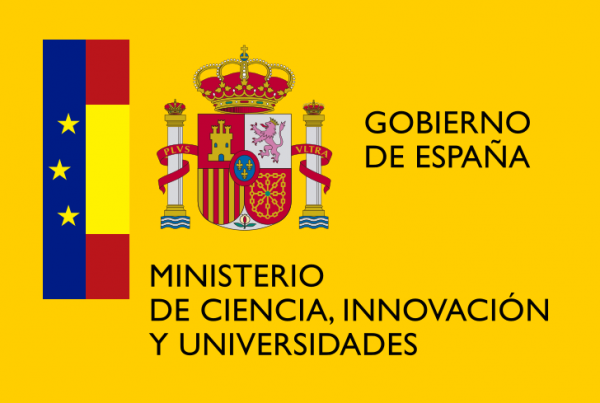
Ministerio de Ciencia, Innovación y Universidades, Redes de Investigación 2018, RED2018-102345-T, 2020-2022. University of Alcalá and fourteen Spanish Research Groups. Coordinator: Roberto Rosal.
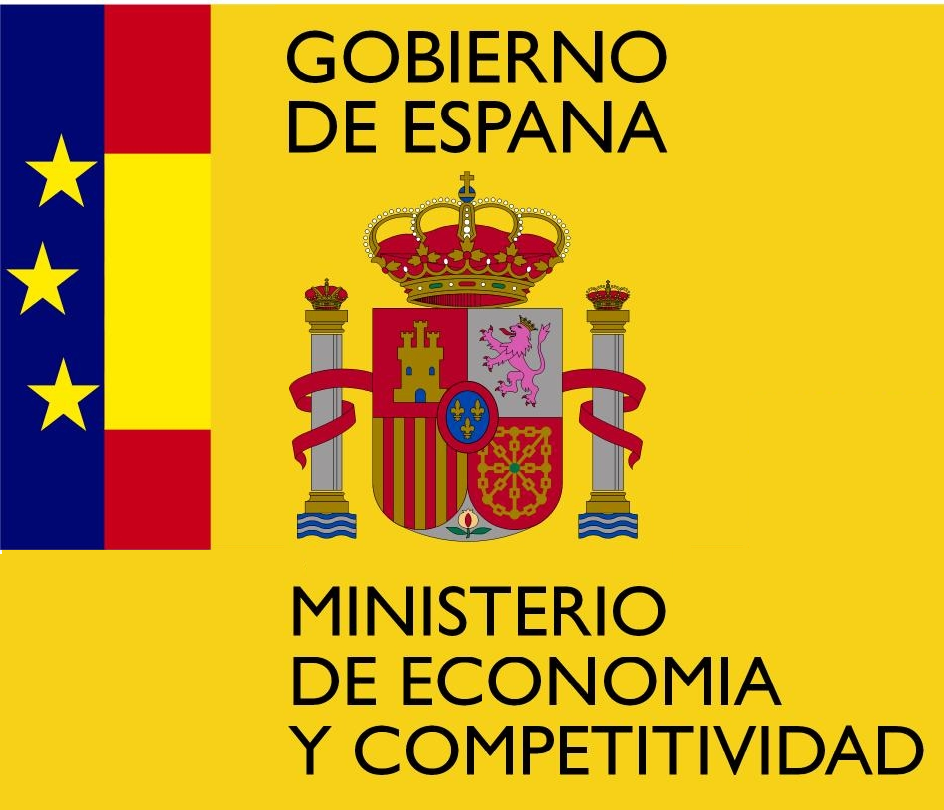
Ministerio de Economía y Competitividad, Programa Estatal de Investigación, Desarrollo e Innovación Orientada a los Retos de la Sociedad, CTM2016-74927-C2-1/2-R, 2017-2021. Universidad de Alcalá (Roberto Rosal, Coord.) and Universidad Autónoma de Madrid (Francisca Fernández-Piñas).
Water is an essential nutrient that plays vital roles in our body. Unlike other nutrients, we can barely store it, so we are forced to continually replenish it through liquid consumption. Developed societies have managed to supply the population with quality water although the occasional presence of contaminants quickly jump out to the media and generates public concern. (...)
Over the past few years, a large number of studies have been published reporting the presence of microplastics in a wide variety of environments. Plastic has reached remote places like Antarctica is has also been found in our food, directly exposing us to its potential toxic effects. When these studies reach the public, it is often overlooked that plastics do not have a single exposure metric. (...)
In a previous post, it was explained that anthropogenic aerosol also contains microplastics, which, depending on their size, can remain suspended for a long time. As with other forms of plastic pollution, humans are responsible for releasing these particles into the environment, making areas with higher population densities the main sources of emissions. (...)
Room 2D25, Edificio Polivalente, Faculty of Biology, Chemistry and Environmental Sciences, University of Alcalá
roberto.rosal[at]uah.es
Roberto Rosal | Professor of Chemical Engineering | Copyright © 2025